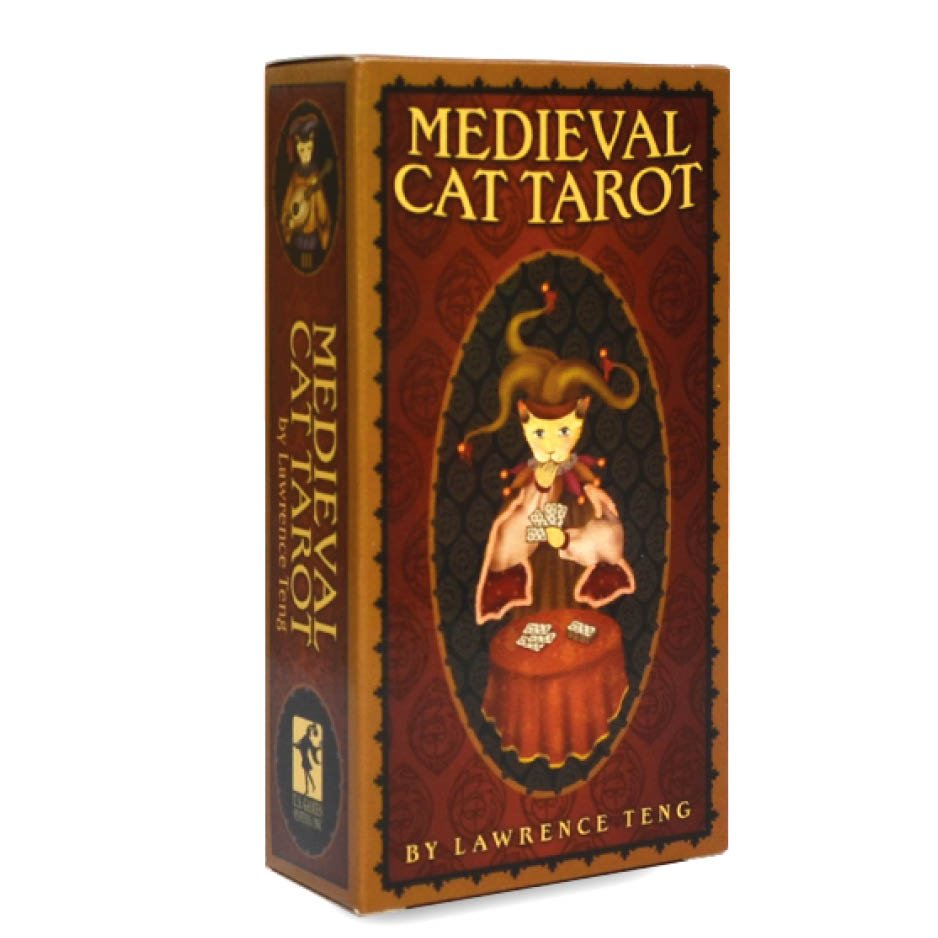Mastering the One-Card Tarot Reading

Mastering the One-Card Tarot Reading
Starting Simple with Tarot
For beginners in tarot readings, it’s best to start simple. The one-card spread is a straightforward yet powerful method. It’s an excellent way to familiarize yourself with the cards and your inner self. You can use all the cards or categorize them into Major Arcana, Minor Arcana, the Court cards, or the numbered cards.
How to Conduct a One-Card Tarot Reading
Here’s how a one-card tarot layout works:
- Here’s how a one-card tarot layout works:
- Close your eyes and take a few deep, relaxing breaths.
- Internally ask for spiritual guidance and direction for the day ahead.
- Shuffle the cards in a way that feels most comfortable to you.
- Place the deck face down and draw a random card.
- Observe the card as if you were looking at a large piece of art. Notice the shapes, colors, and images.
- Write down the initial thoughts and feelings that come to mind. Don’t censor what comes to mind.
- Refer to the booklet that comes with the cards for the card’s meaning, and add any interpretations that resonate with you to your list.
- Reflect on how these thoughts, feelings, and questions might guide you during the day.
- Revisit the card throughout the day or event, comparing your initial thoughts with what actually transpired. Ask the card if it has any additional messages for you.
The Purpose of a Tarot Reading
The goal of a tarot reading is to gain a deeper understanding of your past and present thoughts, words, and actions. This insight can help you become more aware of the potential outcomes of your current behaviors. Remember, what you think, say, and do today shapes your tomorrow.
The Power of Choice
It’s a misconception to believe that the future is set in stone. While people and events may follow certain patterns, you possess one of the greatest freedoms: the freedom of choice. Your present actions determine your future circumstances. The tarot serves as a mirror, reflecting your life based on how you interpret and respond to its images.
Explore our full tarot card collection here >>



